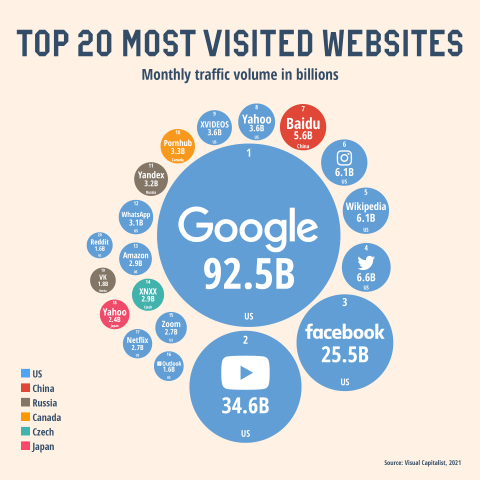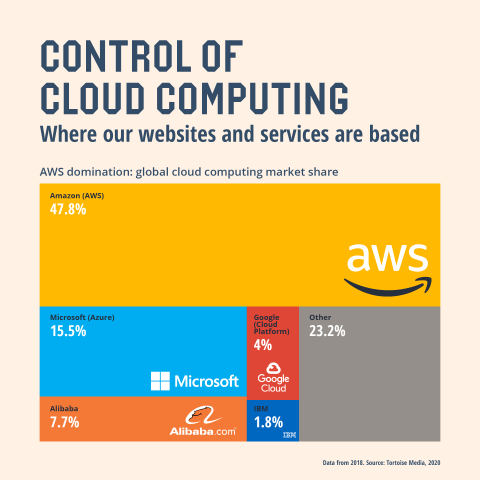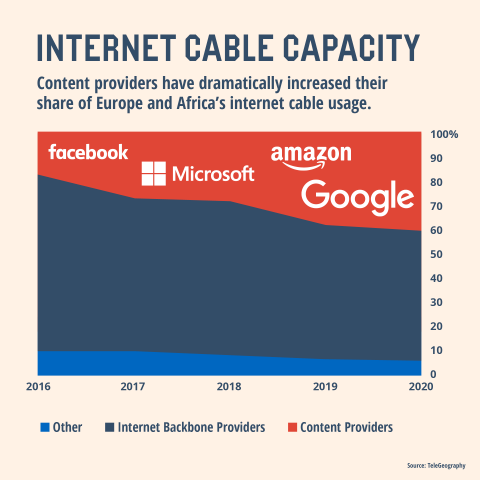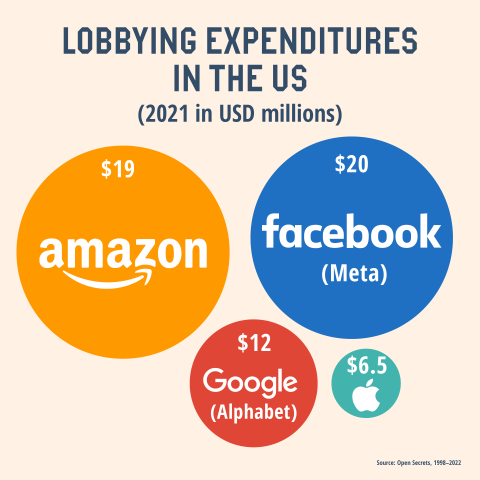Big Tech - The rise of GAFAAMT Infographics
The internet age promised a period of access and opportunity for all, but in two decades it has become a world controlled by a tiny oligopoly. Seven firms in particular - five US and two Chinese - have taken over the Internet. How did they become so powerful?
Seven companies - Google, Amazon, Facebook, Apple, Alibaba, Microsoft and Tencent (GAFAAMT) - each have more users than the population of most countries.

In the space of a couple of decades, they have become the most profitable companies, competing with oil companies, car makers and banks.

The big 7 - GAFAAMT - control our devices and what we see and where we see it.



How did GAFAAMT become so powerful?
First, and crucially, their rise to power was facilitated by the supply of easy finance from investors, both management asset management funds and venture capital.


Second, they have used this dominance to lock out or buy out any potential competitors and to secure record profits.

Third, they have taken over key infrastructure of the internet to cement their dominance and to design the market to their benefit.



Fourth, they have received active support from states which have sought to profit from their vast user base and surveillance capacities to serve national security interests.

Fifth, they have used their economic power to stifle or derail regulations that would impinge on their power.


The result is a digital world in which a few companies secure extraordinary profits, workers and suppliers are squeezed, and a business model of surveillance is normalised.




